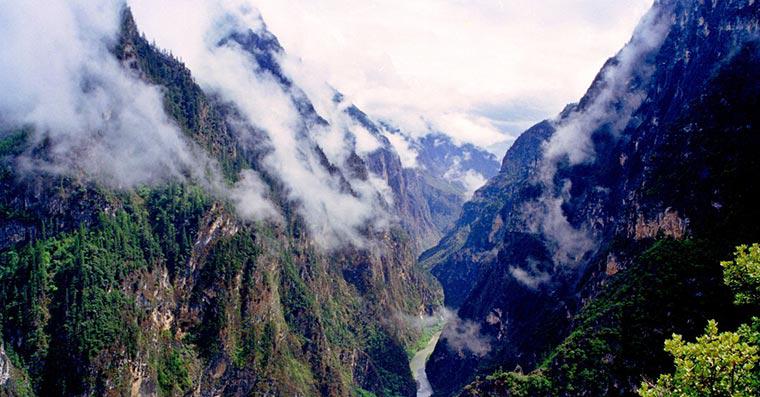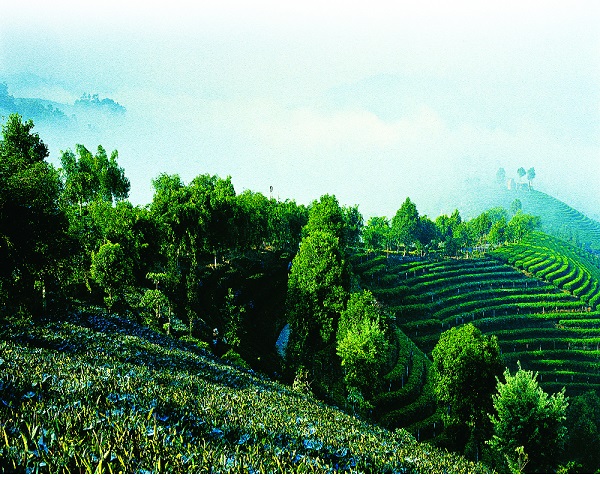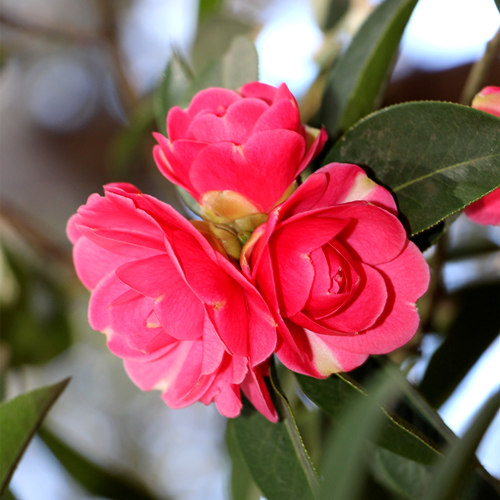
Detailed Introduction to Longling County of Baoshan
Longling County (龙陵县) is an important administrative division under the jurisdiction of Baoshan City in Yunnan Province, China. Known for its rich natural resources, diverse cultural heritage, and agricultural abundance, Longling is a region where traditional practices and modern development intersect against a backdrop of striking landscapes.
Geographical Location and Climate
Location:
Longling County is located in the western part of Yunnan Province and is one of the counties of Baoshan City. It covers an area of approximately 4,300 square kilometers. The county is bordered by other counties within Baoshan and lies near the borders with neighboring provinces, making it a strategic area in southwestern Yunnan.
Terrain and Environment:
The terrain is diverse, featuring rolling hills, terraced fields, and mountainous regions.
Elevations vary considerably, with valley floors at around 1,000 meters and mountainous areas rising to over 2,500 meters.
The landscape is punctuated by rivers and streams that contribute to the region’s fertile soil.
Climate:
Longling experiences a subtropical monsoon climate with mild temperatures throughout the year. The region benefits from ample rainfall, especially during the summer monsoon season, which, together with its varied topography, creates ideal conditions for agriculture and supports rich biodiversity.
Historical Background
Longling County has a long and storied history influenced by its strategic location along historical trade routes and its role as a cultural crossroads in Yunnan.
Ancient Times: In ancient times, Longling was part of regional kingdoms and later under the influence of the Nanzhao and Dali Kingdoms.
Cultural Exchange: Its location allowed it to serve as an important passage for traders and travelers moving between China and Southeast Asia, which brought diverse cultural influences to the area.
Modern Era: In the modern administrative reforms of the mid-20th century, Longling was established as a county under Baoshan City. Over the decades, it has undergone significant economic and infrastructural development while maintaining its traditional cultural roots.
Economy
Longling County’s economy is multifaceted, with agriculture playing a dominant role while industrial development and tourism have been steadily growing.
1. Agriculture
Key Crops: The county is known for its production of rice, corn, tobacco, and a variety of fruits and vegetables.
Terraced Fields: Traditional terraced fields, particularly those cultivated by local ethnic groups, are a hallmark of the region and a testament to sustainable farming practices developed over centuries.
Specialty Products: Longling also produces specialty crops like medicinal herbs and organic produce, catering to both domestic and export markets.
2. Industry
Light Manufacturing: In recent years, Longling has seen the emergence of small and medium-sized enterprises focusing on food processing, textiles, and construction materials.
Resource-Based Industries: The county’s abundant natural resources, including timber and minerals, support local industries and contribute to its overall economic growth.
3. Tourism
Eco-Tourism and Cultural Tourism: With its scenic landscapes, rich biodiversity, and ethnic cultural heritage, Longling is positioning itself as a destination for eco-tourism and cultural tourism.
Historical and Natural Attractions: The preservation of ancient villages, historical sites, and natural reserves has created additional economic opportunities through tourism.
Ethnic and Cultural Heritage
Longling County is home to a diverse mix of ethnic groups, including the Han, Dai, Yi, Lisu, and other minority communities. This cultural diversity is one of Longling’s greatest assets.
Ethnic Traditions:
Dai and Yi Cultures: The Dai and Yi peoples have rich traditions, including colorful festivals, traditional dances, and distinct attire. Their festivals often feature water splashing, torch ceremonies, and vibrant performances.
Craftsmanship: Local artisans produce traditional crafts such as embroidery, silver jewelry, wood carving, and pottery. These crafts not only serve as cultural expressions but also support local economies through markets and tourism.
Festivals and Events:
Seasonal Celebrations: Traditional festivals, such as the Dai Water Splashing Festival, the Yi Torch Festival, and local harvest celebrations, are held throughout the year. These events provide insight into the communal life and agricultural calendar of the county.
Cultural Preservation: Efforts are made to preserve local languages, music, dance, and customs through cultural centers and educational programs, ensuring that traditional heritage is passed on to future generations.
Tourist Attractions
Longling County offers a wide r



